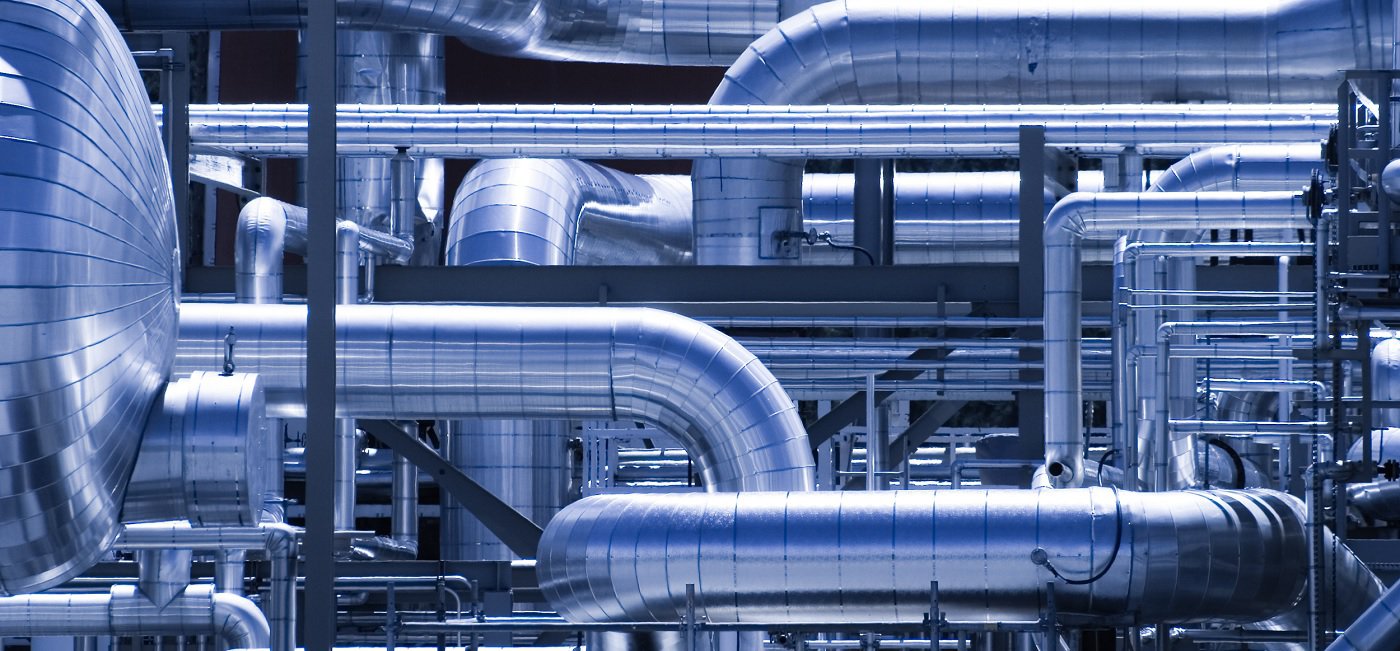Capturing the Impact of Methane Emissions
Eliminating methane leaks in the natural gas supply chain to help decarbonize the power system
- January 24, 2020
- Annika Roberts

At the Council’s January power committee meeting, Senior Economic Analyst Steven Simmons presented information on the impact of methane gas leaked into the atmosphere through the natural gas supply chain, and how the Council plans to calculate emissions rates by fuel type for the 2021 Power Plan.
In previous power plans, the Council accounted for emissions only at the point of electricity generation, which has mostly been CO2. For the 2021 plan, the Council will incorporate a broader range of greenhouse gases to better capture the full effects of the region’s electricity sector emissions. In recent years, utilities have been building natural gas plants, thanks to technological advances in extraction, making it cheaper than coal. As natural gas has replaced coal, alongside a suite of renewables, the electricity grid has produced less CO2.
However, methane—the primary component of natural gas--has about 34 times the global warming impact of CO2 over a 100 years and, in terms of warming potential, it’s a very potent greenhouse gas. Accounting for it in power planning has been challenging though, because it isn’t emitted at the point of generation like CO2. Methane emissions are produced primarily through leaks along the natural gas supply chain.
The quantity of this leakage has been difficult to estimate, and different organizations put the rate at different levels. The current estimate from the Environmental Protection Agency is 1.4 percent, although recent studies have measured much higher rates. The Environmental Defense Fund, in partnership with a number of universities, recently completed a series of studies that put the actual methane leakage from the nation’s oil and natural gas supply chain at 2.3 percent. Their studies identified equipment that was not operating as intended, which the EPA method may not have account for.
To better capture the impact of methane emissions into the atmosphere, Council staff will calculate greenhouse gas emissions as a fuel-based carbon dioxide equivalency emissions rate. This metric incorporates the primary greenhouse gases responsible for warming, namely carbon dioxide, methane, and nitrous oxide, into one value based on each gas’s warming potential. This change will affect how natural gas and its emissions are tabulated in power planning models.
Council staff worked with the Natural Gas Advisory Committee to develop a methodology for a single emission rate per fuel type, which will give a more complete picture of regional emissions in the 2021 Plan, opening more informed ways to explore decarbonization strategies.
Decreasing leaks from 2.3 percent to 1.0 percent, for example, could avoid nearly 2 million tons of carbon dioxide equivalent emissions.


